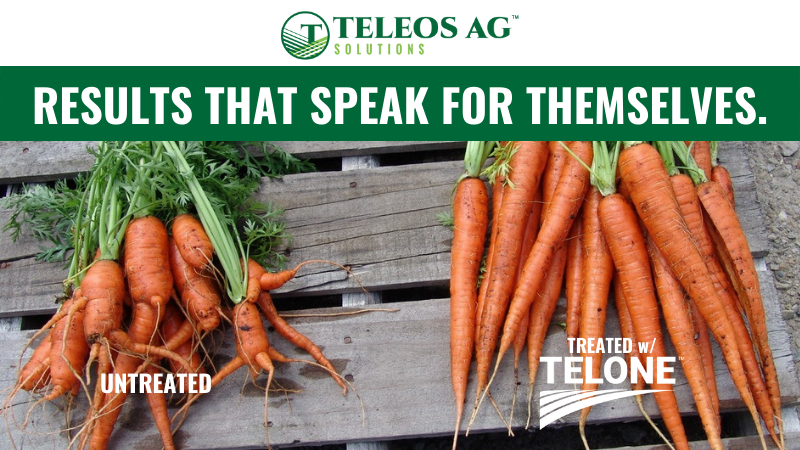Top 10 Considerations When Building Greenhouses

3 Boys Farm owner Robert Tornello has been successful producing crops year round in his greenhouse structures, even during the heat of summer. To construct an operation capable of this, Tornello has a checklist of 10 items that growers must consider and execute when building greenhouses.
1. Site and building orientation, specifically how your structure is placed to true north. With full-day east and west exposure, you fight heat gain during the summer, but it will increase daylight hours and warmth when you really need it during winter, when crops traditionally grow slower. It is more cost effective to cool the houses in the summer rather than heat and supplement daylight photosynthesis periods.
2. Type of structure. If you want to grow 12 months per year successfully, it is critical you start with a very tight and a well constructed structure. If you use tube frames and double poly, it will only produce crops seasonally, or fail.
3. Concrete foundations and tie beams and stem walls. If you want the structure to be air conditioned in the summer, it must be sealed from sub-grade to ridge cap. There are no shortcuts in building an adequate structure, as you will fight and loose to heat gain, if they are taken.
4. Coverings. New polycarbonate coverings are available, which should be selected according to your crops and long-term reliability and light transmission. Avoid cheap coverings, as it costs three times more in replacements during the building’s effective life span. In horticulture you get what you pay for, so use only the best.
5. Addressing heat gain. First, never use black shade to deal with heat gain. Only proper shade degrees of real Aluminet can reflect heat from the building. Black shade cloth over or under a surface has a higher heat gain and causes purlins and structural steel to retain heat that you will fight all day.
6. Water to air mass cooling. You can use the end-wall to your temperature benefit. Small cool pad square foot areas scare many growers, as they have been told more is better. This is not so. When tuning a building, you first calculate the cubic footage of the building, then you look at how much air or cooling you need for every degree you want to remove.
Your building has to be sealed from any and every air gap(s) or intrusion even around doors. Once your building is properly sealed (when it is 85F outside and 140F inside, the space is getting tight), you need to consider air volume. If you have 60,000 to 100,000 cubic feet of air to move, you need to look at an air in-to-exit ratio of 1:1. To do this you must size your fans to move the entire space once per minute. This is not easily achieved, as you need massive 50 to 60- inch high-volume fans like a dairy house uses. They are expensive and your end walls should be of welded heavy steel to support these fans as the force of moving this much air through a building is very similar to several air boats pushing against your structure for 18-20 hours a day. If the building is like 95% of the greenhouses on the market, it will rack the structure.
7. Water volume and storage. If you want to cool into the low 80F or high 70F, the industry standard trickle wall will not suffice, but high volumes of water like a small waterfall is required. It needs to have a minimum 500-gallon reservoir, but 1000 gallons is recommended due to high evaporation losses. Pumps at 3/4 to 1 horsepower on full flow volume are best. Your pad pans will have to be custom made and plumbed. When the mass volume of air is pulled through your cool pads, it lowers the temperature and causes high evaporation. As the accelerated air is pulled through the structure, it is pulling heat out of the space while it is heading to the fans. There can be no air allowed to flow under or around the cool pads. You must make sure that the air is directed to and through this water column.
8. There are no shortcuts. If you want a 6,000 square foot building to be cool during the day and cold at night in August, expect to spend $45-50+ per square foot. If you have a crop in demand all year this cost can be recovered by increased growing seasons, but be sure you have a plan and market for your crops.
9. Nutrient temperatures are critical to avoid pathogen problems and disease. It is just as important as air cooling to cool your plants as they grow in hydroponics. You can not expect the air to do this for you. Most growers use commercial heat exchangers to cool the nutrient solution. This is another area that is expensive and must be sized exactly to your structure and crop. Math will be your new friend, so get a good calculator and banker.
10. Maintenance is key. Keep your structure super clean and keep weeds away from the buildings. A 50-foot minimum area around the buildings must be spotless, and 100-foot, if available, behind the cool pad walls. Use a 50 mesh screening to keep pest pressure down. Build vestibules so when you open a door it will pull all the air from the cool pad to the area of minimum resistance. This pressure will suck anything from small birds to a bad hair piece to the fans in seconds, and is especially true for greenhouse insects.









